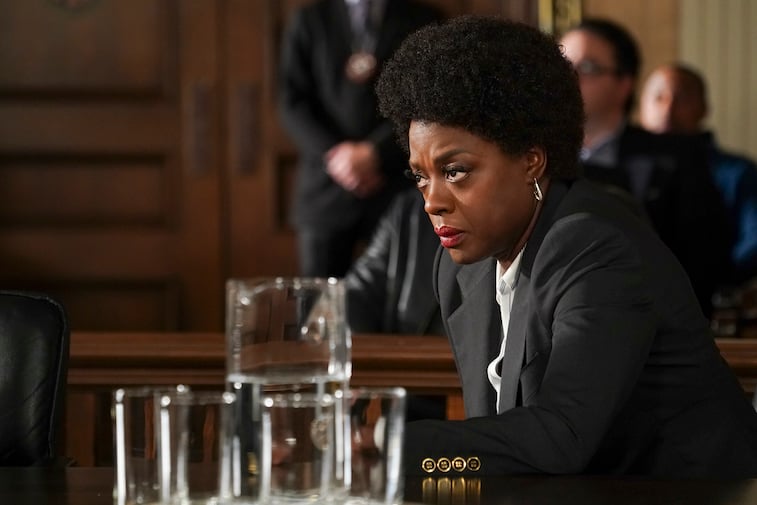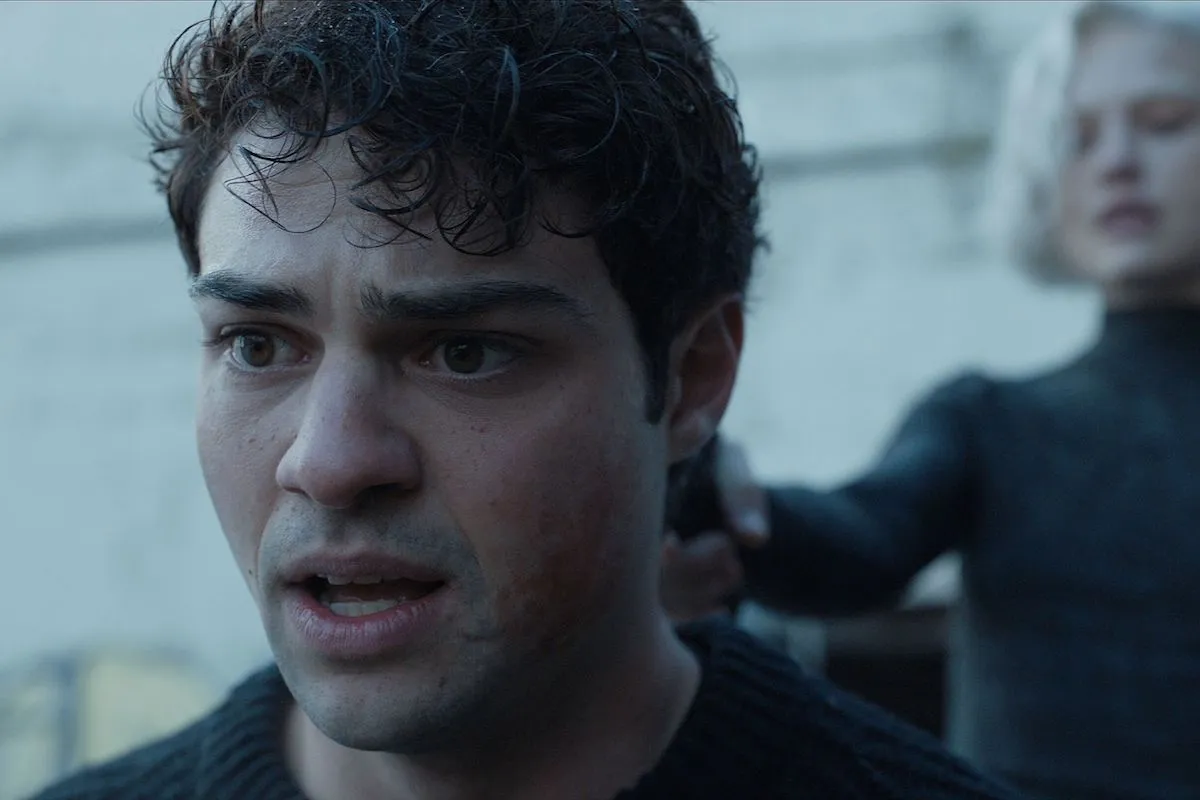‘How to Get Away With Murder’ Beautifully Came Full Circle in the Series Finale
Going full circle is a theme that many drama TV shows (and even comedies) deal with when they reach their series finales. Not many take things right back to the beginning, though, like How to Get Away With Murder did in its final episode on May 14.
The way it ended was an emotional ride for those who always found intrigue in the relationship between Wes (Alfred Enoch) and Annalise Keating (Viola Davis). In the first episode, Wes is seen as one of Annalise’s eager young law students.
Eventually, Wes is murdered in a tangled plot involving a romantic relationship with a fellow student. In the last episode, a certain flash-forward gave the ruse that maybe Wes had faked his death.
The use of flash-forwards in ‘How to Get Away With Murder’

Everyone knows flash-forwards have become a recurring plot device in a few popular shows. This Is Us uses flash-forwards with aplomb, often connecting a future event with what happened in the past and present.
How to Get Away With Murder went for the flash-forward gimmick themselves as a recurring feature. Some critics never thought it quite worked well within the show’s plot structure. There was even insinuation it was a ripoff of similar flash-forward murder plots in the legal show Damages.
What made the flash-forwards unique for How to Get Away With Murder is they showed what appeared to be crime cover-ups by the lead characters. After a while, the formula started to wear a little thin. Everyone knew the flash-forwards were just misinterpreted to look one way when something else was going on.
If this can be argued as weak, it never took away from the show’s excellent writing and acting. Plus, the show managed to use the flash-forward in the perfect way by the last episode. This was celebrated by a recent Reddit user who put together a uniquely spliced video.
Tying back to the first episode
In the final episode, an earlier flash-forward appearing to show Wes attending Annalise’s funeral at an unknown future date turned out to be someone else. It was revealed this was Wes’s son, Christopher, who looks exactly like his late dad.
Keen observers noticed the very final segment played out exactly like the first episode did back in 2014. On Reddit, someone noted how close these two segments were by putting together a video comparison.
It was stunning how detailed this recreation was, right on down to the same editing and close-ups. One thing noticeable is that actor Alfred Enoch looked a little older than when he started out. Considering he was playing his main character’s own son, this showed just how far ahead in the future it apparently was.
Seeing Christopher entering the doors of Middleton University with a young and innocent guise like his dad did years earlier was more than a little emotional for fans.
What did fans think of the final ‘How to Get Away With Murder’ shot?
The real clincher in that final comparison shot was finding out Christopher was now the teacher in the same room where Annalise held her class years before. He even writes “How to Get Away With Murder” on the chalkboard like Annalise did as an intro to her legal students.
As Christopher looks into the crowd of students, he sees Annalise looking at him with a smile, until she suddenly disappears.
Yes, fans on Reddit above found it the perfect end. Said one user: “Why is this making me cry?? Honestly at first I didn’t like the Christopher theory but after watching the finale I really loved it. Wes basically got to live on without erasing his death.” Another comment said: “Even though it wasn’t really shown, I’m gonna choose to believe that through Christopher, Annalise finally got the son she always wanted.”
Despite How to Get Away With Murder taking these characters into the depths of darkness halfway into its run, taking it back to innocence and light is the best full-circle method. Other shows have done the same as perhaps a guidepost to real life.


